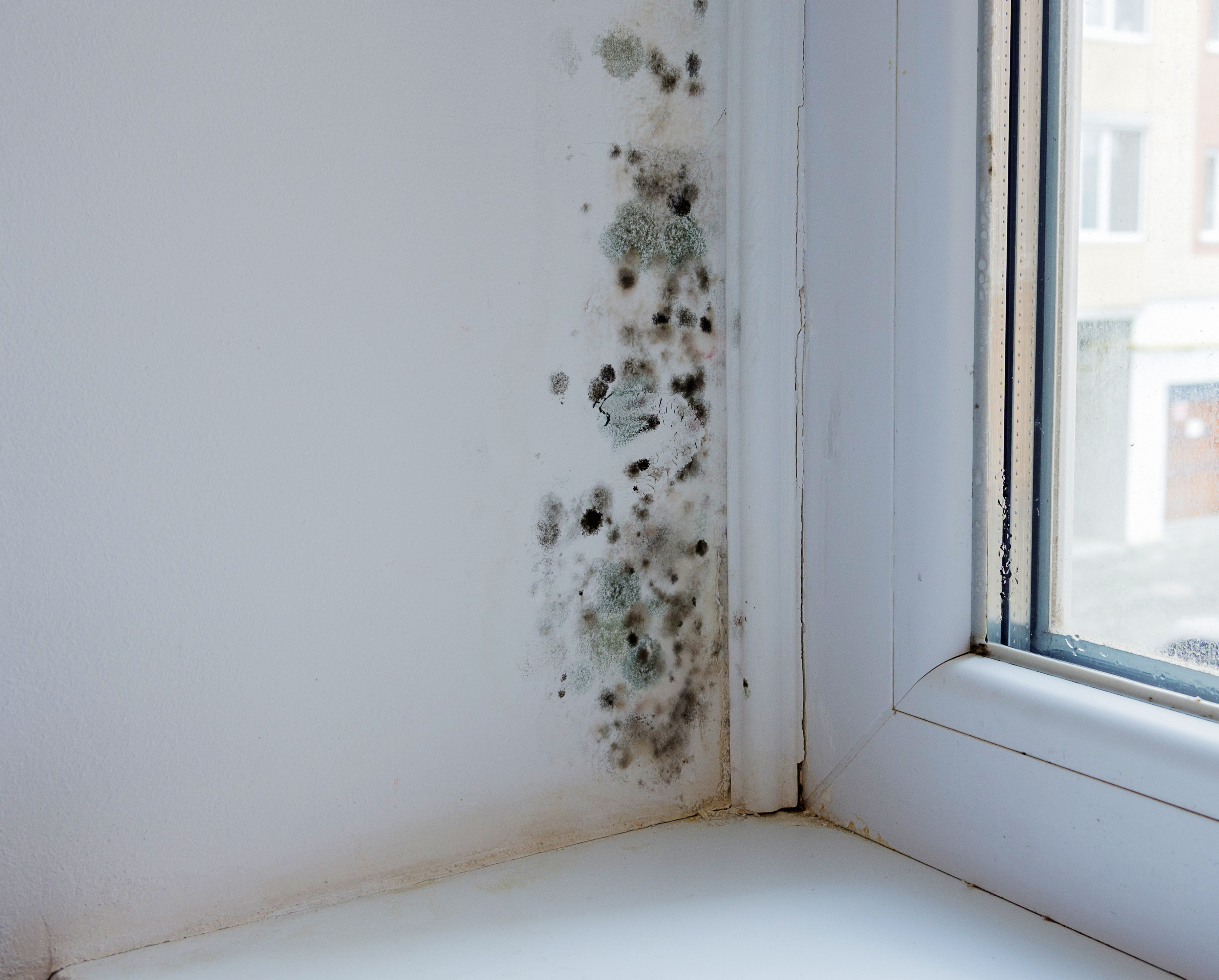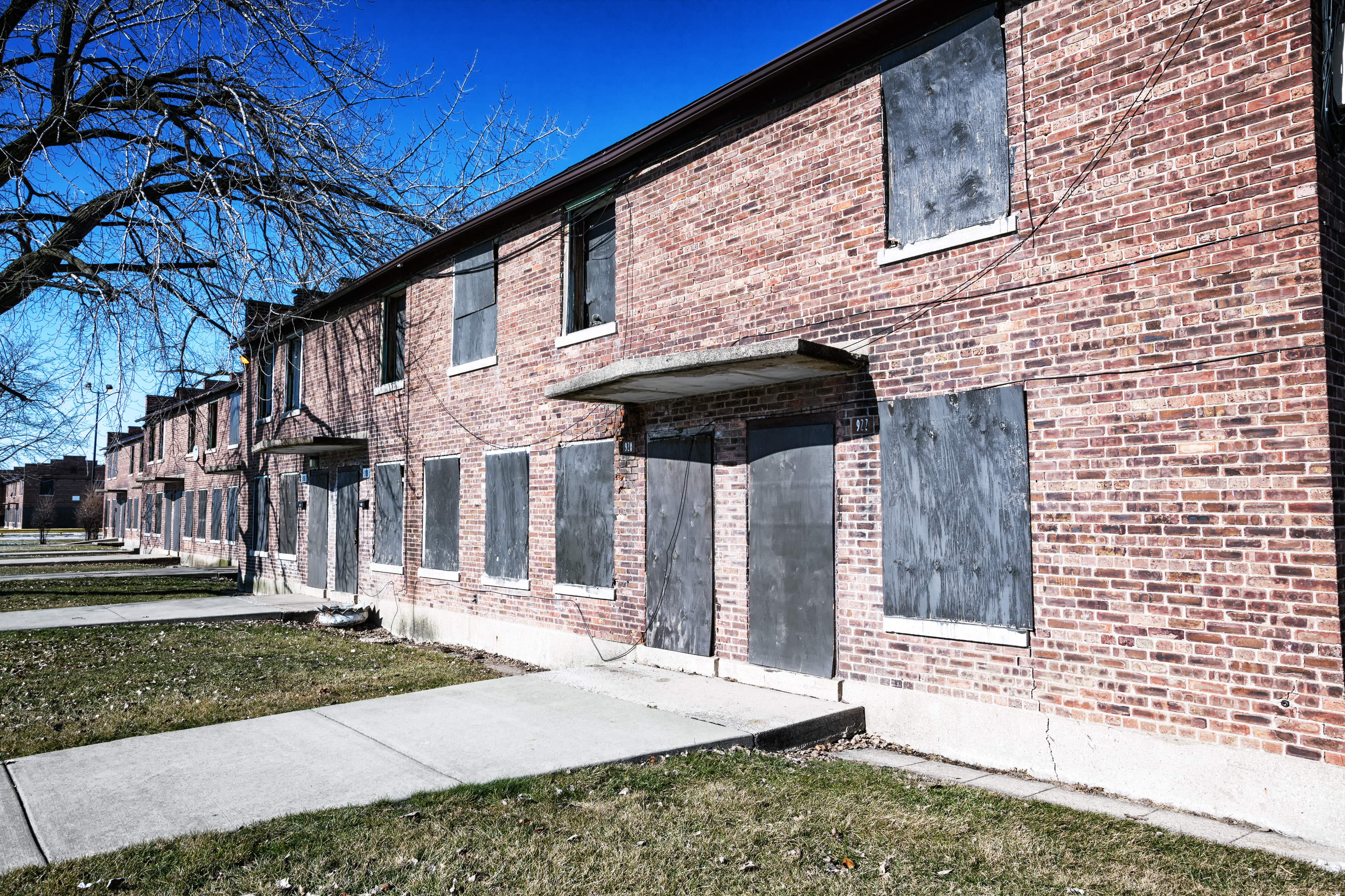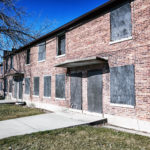Physical Conditions Within Homes
The Flint water crisis began in 2014 but captured the nation’s attention in 2016. A report emerged that 40% of Flint homes had elevated levels of lead; a state of emergency was declared. Flint became a flash-point for systemic negligence, racism, and class-ism, but there were over 3,000 areas with recorded lead poisoning rates at least double those in Flint during the peak of the contamination crisis. Even worse, nearly 37 million homes have lead-based paint that will become a hazard, meaning that one in three homes with children younger than six (the most vulnerable group in regards to lead poisoning) are at risk. Again, these areas were disproportionately low income and a majority were people of color.
Federal Housing Conditions
African-Americans (among other races) were segregated into substandard housing not by accident, but by design due to our very own government’s discriminatory practices. The Department of Housing and Urban Development (HUD) runs the Housing Choice Voucher program (also known as Section 8) which is designed to provide low-income residents with affordable housing via rent assistance vouchers. These programs are part of efforts to service approximately 1.2 million households living in public housing units but providing substandard housing substitutes one set of health outcomes for another set.

Children represent 37% of public housing residents and 43% of Section 8 housing residents, further emphasizing the cruelty of subjecting them to mold, leaks, poor ventilation, and out-of-date lead blood level standards. Time and time again, reports of black mold, water damage, pest infestations, and more deplorable conditions have surfaced in HUD-funded complexes. In the Coppertree Village Apartments in Houston, colonies of mold were observed in a 2011 inspection, but still present in August of 2018, as detailed in a civil suit. When the demographics of that complex are introduced, it unveils an all too familiar narrative: 85% African-Americans and 38% of residents were below the federal poverty line.
The University of Rochester conducted a study in 2003 rejecting the notion that there is any safe level of lead exposure, a full nine years before American health institutions and the World Health Organization (WHO) came to the same conclusion. As recently as 2015, landlords of federal housing weren’t required to take action to protect poisoned children unless the lead level was at least 20 micrograms per deciliter of blood (ug/dl), a measure implemented back during the presidency of Ronald Reagan. HUD didn’t match 5 ug/dl as their standard until 2017, a full five years after WHO and fourteen years after data was presented to challenge previously established scientific standards.
Fourteen years is entirely too long of a time period to allow our most vulnerable citizens to suffer from constant toxin exposure in their environment, especially when irreversible effects of lead poisoning can be seen in a month, and 57% of Section 8 residents remain in their housing for more than five years (Nearly 50% of public housing residents remain for more than five years). Combined with the fact that the Government Accountability Office (GAO) stated that HUD’s inspection system is fundamentally flawed and prior recommendations from 2016 have not been followed, and it paints a frightening picture of malfeasance and indifference towards the health of our nation’s most vulnerable members.
Indoor Air Quality
Poor indoor air quality has often been cited as a risk factor for asthma, pneumonia, and many other respiratory conditions in children. Studies have shown that the presence of indoor particulate matter (PM) is directly associated with the severity and frequency of asthma symptoms in children. Indoor PM is the biggest indoor air polluter, and stems from natural sources such as pollen, spores, bacteria, animal debris, and human-made sources such as smoking, cooking, and chemicals. Smoking has been cited as one of the major sources of indoor PM, which makes the HUD decision to implement smoke-free public housing a step in the right direction, but think about the previously mentioned conditions of federal housing and how they individually contribute to indoor air pollution.

The other factor that contributes to poor air quality is the presence of mold spores. Unlike cigarette smoking, mold is not usually the result of tenant behavior but building structure and maintenance.The fact that mold is most damaging to those with weakened immune systems (typically the elderly) and negatively affects the cognitive functioning of children shows how mold in HUD housing, which is made up of mostly children and the elderly, is an injustice that cannot be allowed to continue.
Pests may adversely impact the health of residents and contribute to worsening some diseases, such as allergies and asthma. Cockroaches can cause asthma in children and can transfer disease-causing organisms to food and surfaces they contaminate. Rodents, such as mice and rats, carry disease, can trigger asthma attacks and even cause fires by gnawing through electrical wires. Although bed bugs are not known to transmit infectious diseases, their bites can lead to secondary infections. Bed bugs can cause emotional distress and sleep deprivation for residents as well. Bed bug infestations can spread quickly and must be treated aggressively -HUD, 2011
HUD use of pesticides has drawn the attention of state attorney generals, who sued in 2004 over the agency’s failure to reduce the use of pesticides in public housing as required by federal law. Integrated Pest Management (IPM) is a more effective method of pest control that prevents pest problems by improving sanitary and structural conditions in the housing stock. These controls can include the use of screens, traps, fixing leaking pipes and plugging holes in walls and doors. When state attorney generals petitioned HUD to implement IPM, they denied the request, and argued that their current efforts met their legal obligations. In 2007, four years later, Congress and HUD implemented a voluntary program that sought to incentivize property owners to utilize IPM inspections. It wasn’t until 2011, eight full years after denying IPM implementation, that HUD released a notice promoting the use of IPM as an “environmentally-sound, economical and effective means to address a major resident concern”. As of 2019, the HUD still only promotes and recommends IPM implementation.
Many at-risk populations aren’t eligible for federally subsidized housing and that substandard housing conditions are not exclusive to HUD. Salud America!, a national Latino-focused organization with a mission to drive community change for the health of Latino and all kids, speaks in depth about the hurdles and barriers Latino-Americans face in regards to housing. They note that in the 2017 Affordable Housing Survey, Latinos were twice as likely to live in severely inadequate housing than non-Latinos. Latinos were also twice as likely to report the presence of cockroaches, and nearly twice as likely to report having mold in their homes.
Latinos were also more likely to report living near vandalized or abandoned buildings, living in a neighborhood with trash or junk on the streets, and living in a neighborhood with both petty and serious crime.

Check back next week to explore possible solutions





Join the Conversation